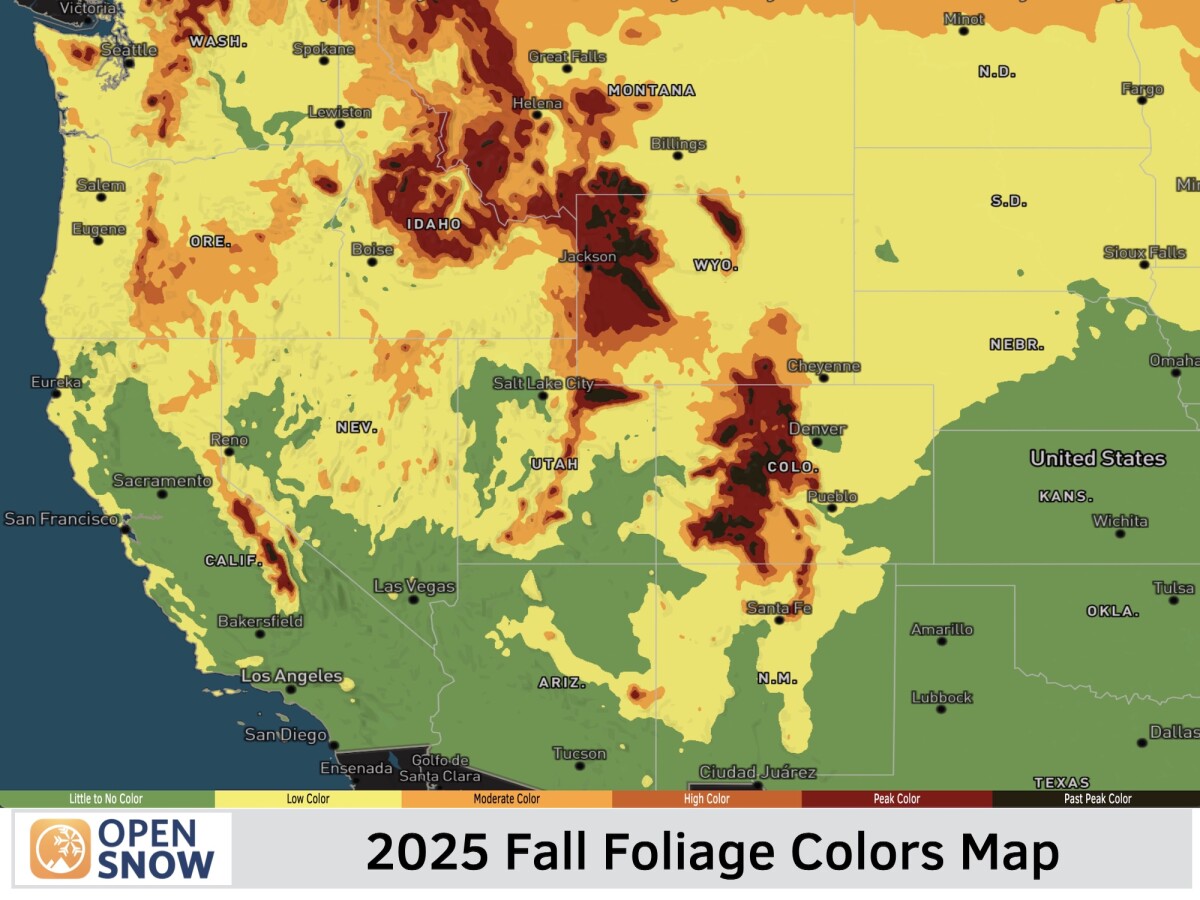News

By Joel Gratz, Founding Meteorologist Posted 13 years ago November 30, 2011
Find the upslope!
To find the deepest snow, you need to know your mountain geography (or just let me do it for you:-). Thursday's storm in Colorado is a perfect example of why having local terrain knowledge is a must when forecasting snowfall in big mountains.
The winds during Thursday's storm will be mostly from the northeast. Where these winds hit mountains and are forced to rise, snow falls from the clouds. More importantly, the opposite is true. Where the winds descend a mountain, they warm and dry the air, which decreases snowfall.
For northeasterly winds, the best mountains are along the eastern continental divide and front range. Also, Monarch can do well because the large valley to its east allows the air to start at low elevation and then quickly rise up Monarch Pass. The same holds true for Wolf Creek. While it's usually associated with heavy snow from southwest winds, the big San Luis Valley to the east of Wolf Creek allows air flowing from the northeast to start low and quickly rise in elevation up the pass.
What's cool is that some high-resolution weather models actually model the big mountains pretty well and can forecast (with decent accuracy) which mountains are favored for big snow. See below, and notice not only the forecasted accumulations above 10", but the large area of Colorado with very little snow forecast. This is because northeasterly winds flow downward into much of the center of the state, drying the air which has already dumped much of its snow on mountains further north and east.
With that - enjoy the forthcoming powder!!!

The winds during Thursday's storm will be mostly from the northeast. Where these winds hit mountains and are forced to rise, snow falls from the clouds. More importantly, the opposite is true. Where the winds descend a mountain, they warm and dry the air, which decreases snowfall.
For northeasterly winds, the best mountains are along the eastern continental divide and front range. Also, Monarch can do well because the large valley to its east allows the air to start at low elevation and then quickly rise up Monarch Pass. The same holds true for Wolf Creek. While it's usually associated with heavy snow from southwest winds, the big San Luis Valley to the east of Wolf Creek allows air flowing from the northeast to start low and quickly rise in elevation up the pass.
What's cool is that some high-resolution weather models actually model the big mountains pretty well and can forecast (with decent accuracy) which mountains are favored for big snow. See below, and notice not only the forecasted accumulations above 10", but the large area of Colorado with very little snow forecast. This is because northeasterly winds flow downward into much of the center of the state, drying the air which has already dumped much of its snow on mountains further north and east.
With that - enjoy the forthcoming powder!!!

About The Author




